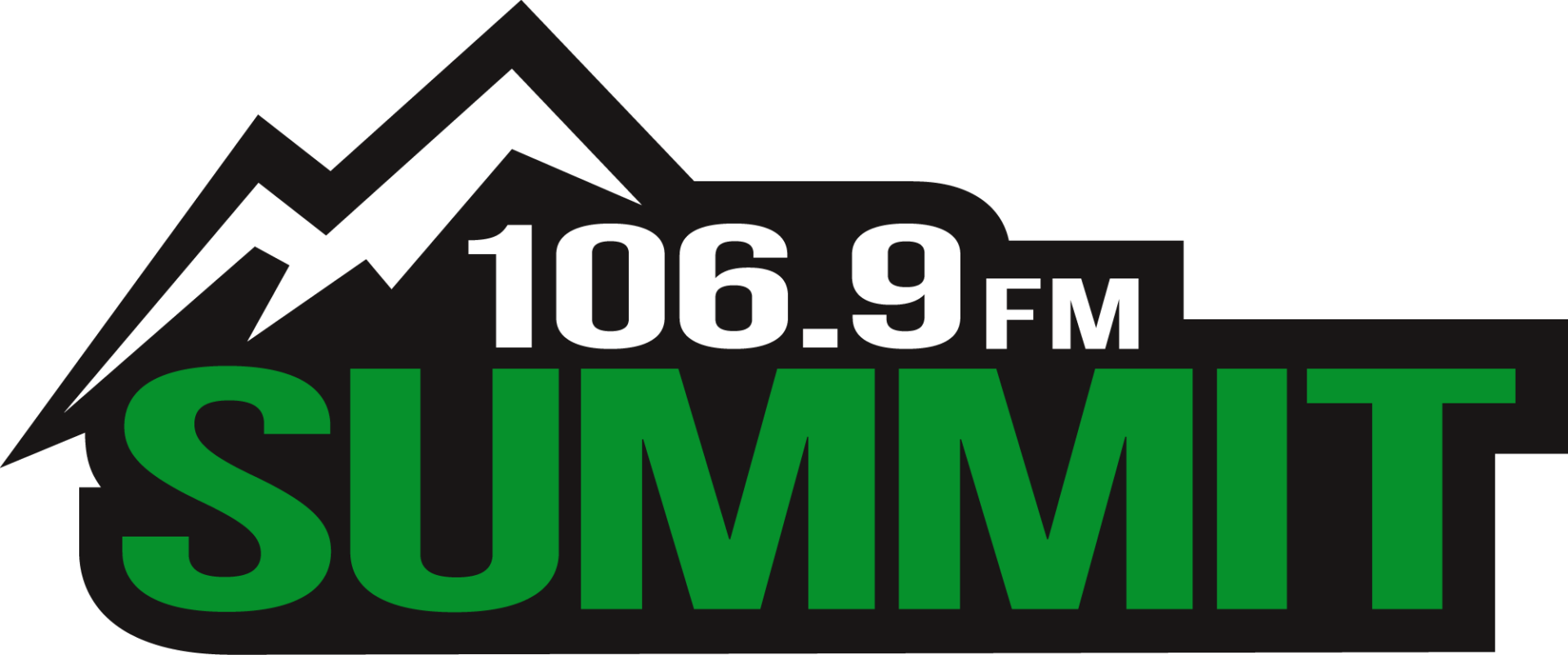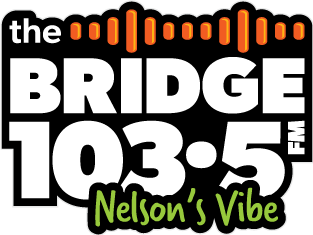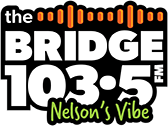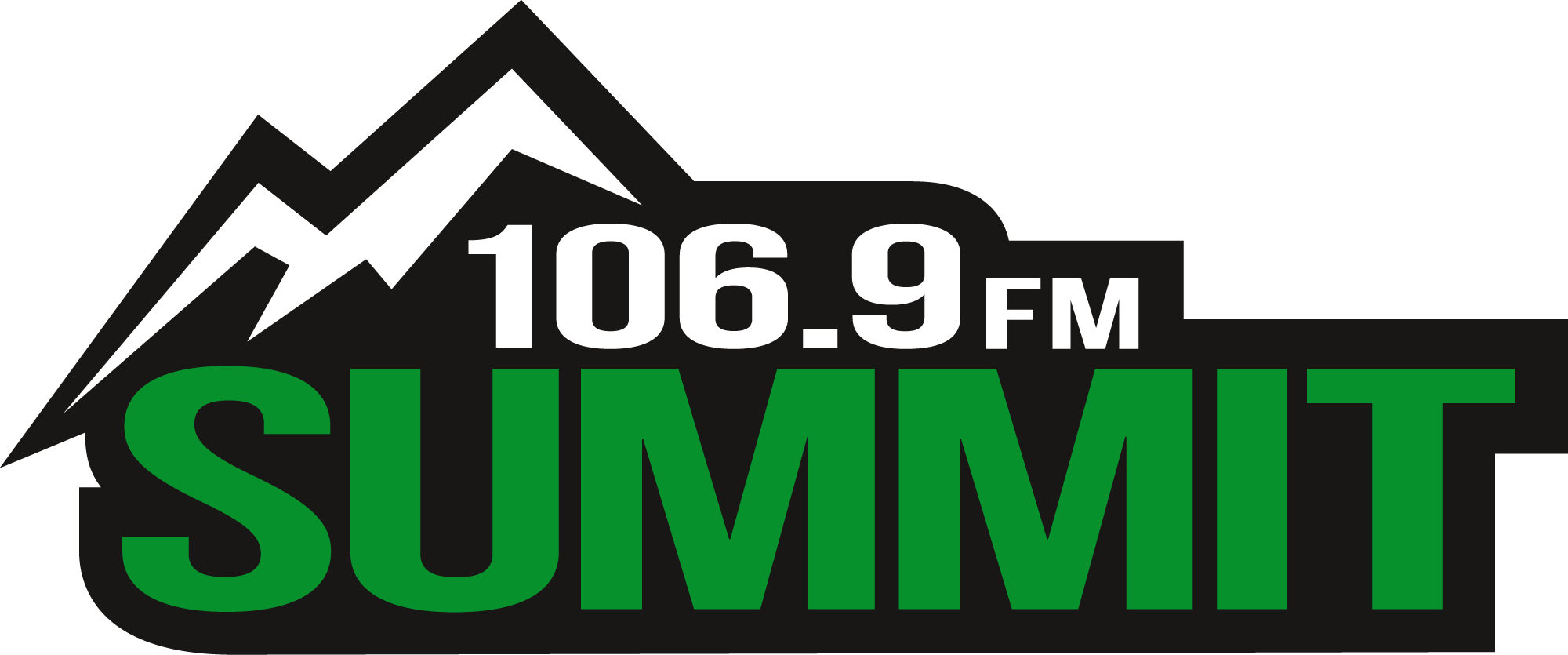Students from kindergarten to Grade 9 will now be assessed through a proficiency scale rather than percentages and letter grades.
The reporting system is part of the province’s curriculum modernization that was developed in 2016.
About half of public schools in the province have implemented the reporting system already through a pilot project that started during the 2016/17 school year.
In June the Ministry of Education and Childcare announced that it would become effective across the province for the 2023/24 school year.
The province’s website explains that the changes will see students in kindergarten to Grade 9 reported on using the four-point proficiency scale system which measures student learning with the terms emerging, developing, proficient and extending.
In high school, standard letter and percentage grades remain in place to prepare for post-secondary requirements, but students will now receive a graduation status update at the end of every year.
Kootenay Lake’s School District 8 is one of the districts who adopted the reporting style in 2016. Natalia Nazaroff, parent of two SD8 students and member of the district parent advisory council, says both her children have had the proficiency scale reporting system in place throughout all their education.
“When our oldest child entered kindergarten, our district was part of the pilot project. As a parent, in the beginning it was really frustrating. Partially because we were part of the pilot project and all the kinks weren’t worked out and in part because of the language they used at first, which has changed now.”
Nazaroff says she struggled to understand her child’s report cards at first and that she was frustrated with how generalized the reports were.
“We were getting very general emails and reports from the teacher that would look like ‘our class is learning this; our class is doing that.’ It wasn’t specific to my child, but over the years they’ve fine-tuned the process. Now, teachers have had better training on how to report on your child’s learning specifically rather than doing it generally.”
In addition to the proficiency scale reporting system, the province also implemented a self-reporting system on core competencies for students in every grade. The province says the self-reflection aims to give a student control over their learning to help promote lifetime growth.
Tamara Malloff, district principal of innovative learning, says although most of SD8’S primary schools are already familiar with the new reporting scale, they are adapting to the student led core competency self-reporting policy.
“One of the large-scale changes will be students’ self -reporting on the core competencies. The other change that we’ll be seeing is strength-based descriptive, concise feedback on the report cards for all of our students K-12.
“So just really ensuring that strength-based perspectives for what our students can do and with a key snapshot of what their next steps would be in supporting their learning for the next step in each of the curricular areas.”
For Nazaroff, she is pleased with the descriptive feedback and self-reporting system roll out.
She explained that her oldest child is enrolled in a program that saw teachers choosing to adopt the student-led self-reporting a few years ago.
“The first time my child had to do it her responses were really different than they are now. I’ve seen a tremendous growth in my child and her ability to see what her strengths are, see where her challenges are and explore them a little deeper, making her more self-aware.”
She says she also appreciates how it sets students up for life after graduation when they join the workforce, where self-evaluations are common.
“I like that it prepares them for the workplace, where often times self-evaluation is required.”
The province’s curriculum has an emphasized focus on learning standards, content standards and curricular competence according to Malloff who said the reporting policy changes were made to better align with the primary focuses in the curriculum.
“The curriculum’s focuses are about what students can do over time with respect to numeracy and literacy and other subject areas, and this style of reporting aligns with that. It foregrounds what students can do, what students know, and what their next steps are to harmonize the redesigned curriculum with what’s reported out to families and to students.”







